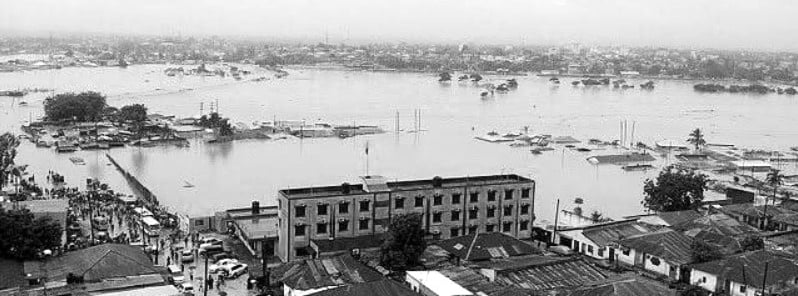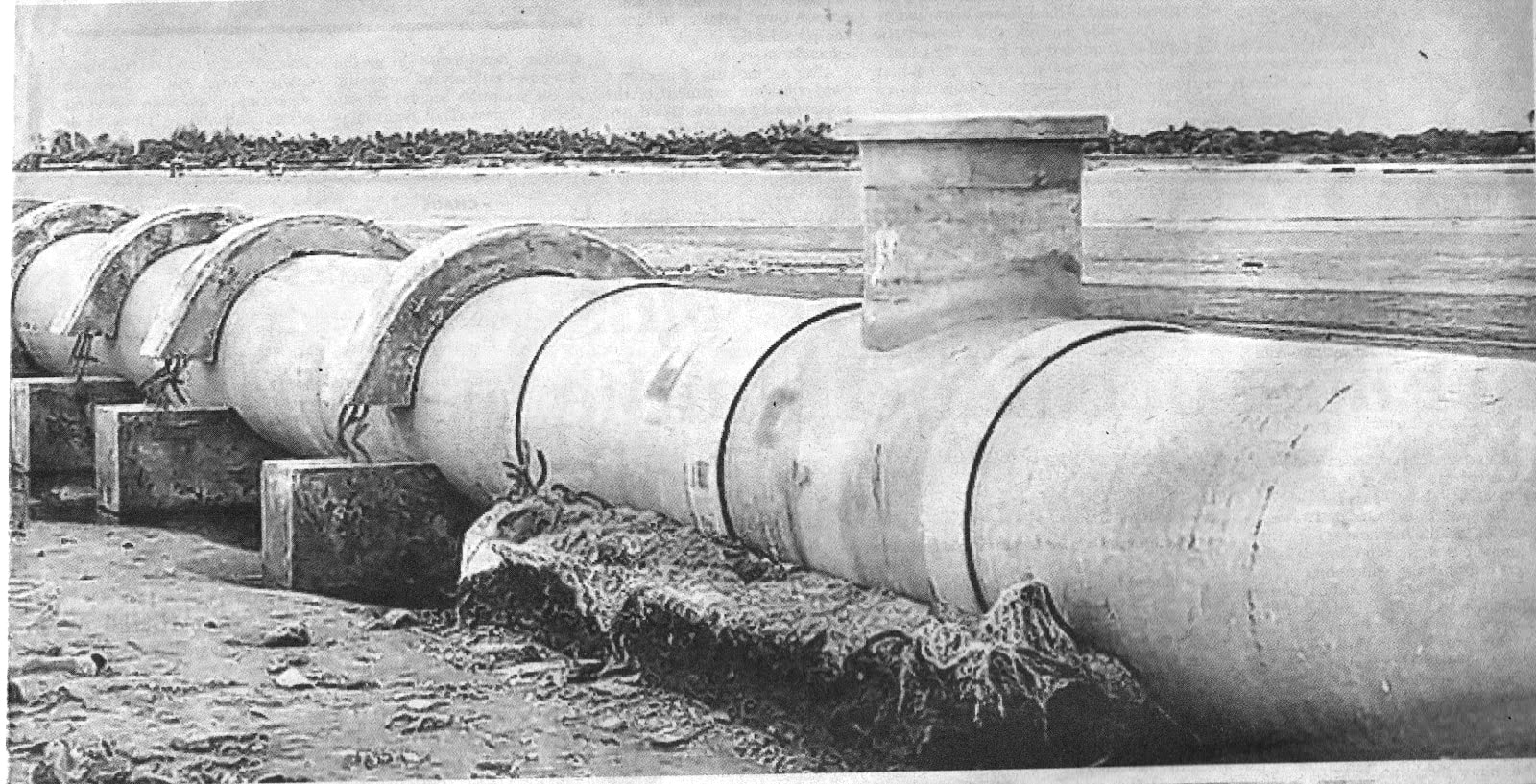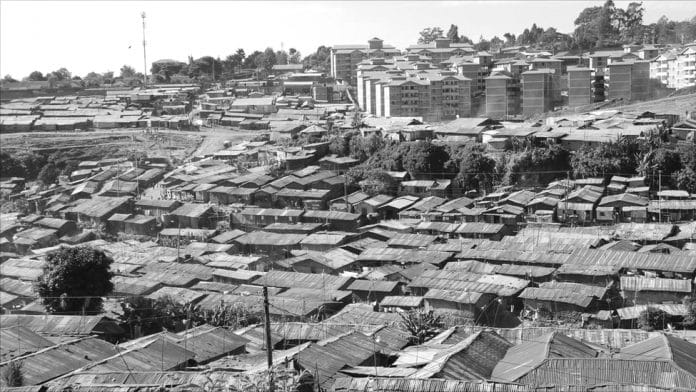Problems of Population Growth and Climate Change Dar-es-Salaam

- Rapid population growth rate in Dar es salaam and urbanization put people and their property at greater risk posed by climate change
- Tanzania is a country severely affected by floods, and even worse the country has the fastest growing capital in East Africa.
- 95% of global urban growth occurs in developing countries over the next 90 years
“There is no such thing as a natural disaster that is not caused by other non-natural phenomena” is the cry of development activists behind the Tanzania Urban Stability Program, a multi-stakeholder initiative designed to increase Tanzania’s resilience against the risks posed by climate change air. Natural disasters, according to the program, often occur as a result of poor planning and failure caused by the actual effects of climate change.
The main source of danger? Rapid urban sprawl. More than half of the world’s population now live in cities and 95% of global urban growth is occurring in developing countries for the next 90 years. While this growth should bring with it great economic opportunities, it also greatly increases the concentration of people and resources that are at risk from the effects of climate change.
In East Africa, Tanzania is the country that is most affected by floods in the region. Its capital, Dar-es-Salaam, is, in fact, the largest and fastest growing city in East Africa, with city infrastructure and assets, valued at $ 5.3 billion, and the impact of floods on the city. this. Dar-es-Salaam is a flat, densely populated city with a population of about five million.
The 2017 rainy season is a living example: once again the rainy season has turned the inevitable disaster into disaster, the headline of The Guardian of Tanzania newspaper read: “Long-awaited rains have caused irreparable damage across the country. ” The damage was extensive, evacuation, school closures, and the collapse of vital infrastructure.
Fortunately, the Government of Tanzania recognizes that preventive measures are necessary to avoid further headlines like this (Tip: article “Tanzania of 2050: Climate Change and Economic Plans” explains in details on the different initiatives the country is taking to combat climate change and establish proper economic strategies). The World Bank is committed to assisting the government in this through the cooperation of the UK Department for International Development. This partnership, the Urban Stability Plan, uses a unique approach to addressing the risks of climate change as follows:
Risk Recognition
Before minimizing the risk, it is important that the link between urban growth and the environment is understood. In Tanzania, there is little data to enable an accurate assessment of the existing risks, sensitivity, and resilience available to figure out the cause of population growth in Dar es salaam and its assets against current and future climate risks. This UK-based initiative aims to strengthen this understanding of climate risks and disasters in the Tanzanian context.
The Free Map, for example, was developed as a guide for community mapping of population growth in Dar es Salaam, teaching students and community members to create accurate maps with a variety of GIS tools that can be used to analyze risk levels. This map asked the question: Can we find a way to apply society knowledge on flood-related issues in unplanned and informal areas, and can we use that knowledge to change it into action? The answer was ‘yes’, “said Edward Anderson, Senior Disaster Risk Management Specialist and ICT Specialist in Tanzania.
Reduce Risk

Tanzania’s major cities are expanding rapidly, with with population growth in Dar es Salaam alone expected to grow at 85% by 2025. The current urban and land use planning system cannot sustain such rapid growth and be able to conserve (maintain) the environment of the city at the same time. The Tanzania Urban Resilience Program aims to strengthen the city’s planning systems and reduce the effects of climate change.
In addition to managing drainage, investments are being made in the next generation of innovative urban planners, with the creation of a ‘Resilience Academy’ – a curriculum developed by academics and the private sector to engage university students. Evidence of such investment benefits lies in the Zanzibar Mapping Program, where students at the State University of Zanzibar have been trained in geographical skills and provided with a fully equipped DroneLAB.
Disaster Management
There is no urban area that is not at risk of disaster, especially one that is in the middle of the city in a floodplain like Dar-es-Salaam. This is why the third part of the Urban Stability Program aims to strengthen disaster preparedness and emergency management, not only in Dar-es-Salaam but across the country. Using the already recognized emergency situations in the country, emergency response plans are being developed. Flood Prevention, has been used as a pilot project in Dar-es-Salaam to train and create emergency flood response teams that will be integrated into existing networks with this responsibility.
With the help of the Global Facility for Disater Reduction and Recovery (GFDRR) and the Understanding Risk Community, the technical launch of these programs continues to bring government officials and others together to discuss opportunities that can be found under the Prevention of Flooding program. The event includes a conference on Greening Africa’s Cities that will facilitate broad dialogue on the impact of urban growth on Africa’s environment, and steps that can be taken to promote a more equitable relationship between the built and natural environment. .
For more information on the weather click here!
































